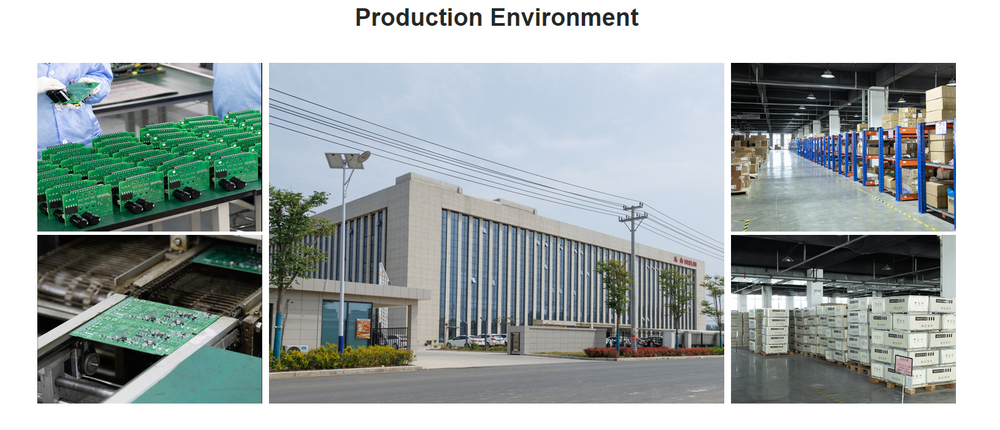In the early stages of product development, many design engineers often overlook the issue of electrostatic discharge (ESD), only addressing it when the product moves into production. If an electronic device fails ESD testing, engineers typically work late hours to find a solution that doesn’t compromise the original design. However, the final fix often involves costly components, manual assembly during manufacturing, or even a complete redesign, which inevitably delays the product launch. Even experienced engineers may not fully understand which parts of their design are most vulnerable to ESD. Most electronic devices operate in an ESD-rich environment for 99% of their lifespan, and ESD can originate from the human body, furniture, or even the device itself. While total failure due to ESD is rare, interference is common, causing issues like device lockups, resets, data loss, and overall unreliability. This can lead to situations where equipment malfunctions during dry winter months but works fine after repair, eroding user confidence in the product and its manufacturer.
Understanding the mechanism of ESD generation is crucial for prevention. ESD occurs when two charged conductors come close enough to create a breakdown in the air or insulating material between them. A strong electric field forms, leading to an arc that can carry currents of tens to hundreds of amps within just a few nanoseconds. The arc persists until the conductors are shorted or the current drops below the level needed to sustain the arc. Factors like voltage, resistance, inductance, and parasitic capacitance influence ESD generation. Examples include arcs from the human body, live parts, and machines, as well as spikes from hands or metal objects.
ESD can enter a device through five main coupling paths: capacitive coupling, direct injection, inductive coupling, radiative coupling, and conduction. These paths allow ESD energy to affect internal components, potentially damaging MOSFETs, triggering logic locks, or causing PN junction shorts. The resulting voltage pulses on conductors, such as power or signal lines, can also cause significant issues. Additionally, the magnetic fields generated by ESD arcs can induce currents in nearby loops, further complicating the problem.
To prevent ESD damage, designers must identify and isolate these coupling paths or enhance the device's ESD resistance. Key strategies include increasing physical distances between sensitive areas, using shielding materials like metal chassis or conductive coatings, and implementing proper grounding and bonding techniques. For example, ensuring that all accessible points are at least 20mm away from sensitive electronics, using mylar films over seams, and placing heat sinks near edges with rounded corners can significantly reduce ESD risk.
Shielding is another critical component of ESD protection. A grounded metal chassis with a minimum 1,500V breakdown voltage helps block external ESD. Proper shielding materials, such as copper or aluminum plates, should be used with overlapping seams and conductive gaskets to maintain electrical continuity. Joints and edges need special attention to avoid gaps that could allow ESD penetration.
Grounding and bonding are equally important. Multi-point grounding is recommended for high-current areas, while single-point grounding is suitable for less sensitive regions. Connecting all metal parts to the chassis ground, using wide conductive guard rings around keyboards, and adding magnetic beads between grounds can help manage ESD currents effectively.
Protecting the power distribution system is vital. Tightening power cords, adding magnetic beads, and using transient suppressors like MOVs or high-frequency capacitors can minimize ESD impact. PCB layout also plays a key role, with multi-layer boards, tight power and ground grids, and strategic placement of bypass capacitors helping to reduce ESD effects.
Ultimately, ESD protection requires a comprehensive approach that combines mechanical design, shielding, grounding, and circuit-level protection. By addressing these factors early in the design process, engineers can significantly improve a product’s reliability and performance in real-world conditions.
220V Inverter
A 220V inverter, often referred to as a power inverter, is a device designed to convert direct current (DC) power into 220V alternating current (AC) power. It is commonly used in situations where AC power is not readily available or as a backup power source during power outages. The 220V output voltage is suitable for operating a wide range of electronic devices and appliances, such as laptops, televisions, refrigerators, and power tools.
The main function of a 220V inverter is to perform DC to AC power conversion. It takes the DC power input from a battery bank, solar panel system, or other DC power sources and transforms it into AC power that matches the voltage and frequency requirements of the connected devices. This enables the use of electronic devices that typically run on AC power in off-grid locations or areas with unreliable power supply.
Some 220V inverters produce a modified sine wave output, which is a close approximation of a pure sine wave. While a pure sine wave is the ideal form of AC power, modified sine wave inverters are more cost-effective and suitable for many common electronic devices. However, certain sensitive equipment, such as medical devices or audio equipment, may require a pure sine wave inverter to prevent potential performance issues or damage.
220V inverters come in various types and sizes, including portable inverters that are lightweight and easy to carry, making them ideal for outdoor activities, camping, or powering devices in vehicles. Automotive inverters specifically cater to the power needs of vehicles and can be plugged into a car's cigarette lighter socket.
Efficiency is an important consideration when choosing a 220V inverter. Higher efficiency inverters convert a larger percentage of the DC input power into usable AC power, resulting in less energy wastage and longer battery life.
Overall, 220V inverters provide a convenient and reliable solution for powering electronic devices and appliances when traditional AC power sources are unavailable. They are essential for off-grid living, emergency backup power, and powering electronic devices on the go, ensuring the continuity of electrical power for various applications.

220V Inverter,Industrial Frequency Inverter,3Kw Vfd,Frequency Driver
WuXi Spread Electrical Co.,LTD , https://www.vfdspread.com
